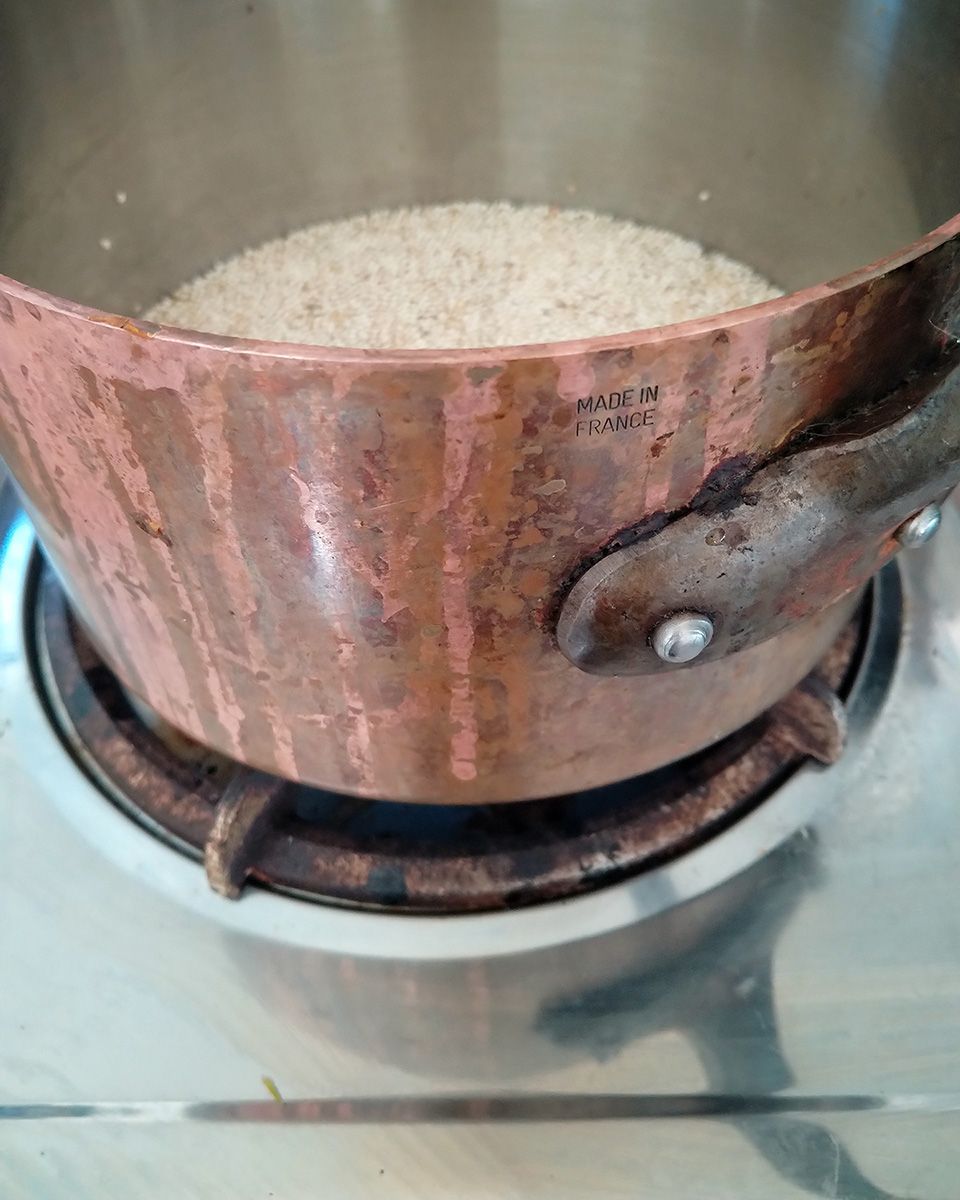Mint with its refreshing and invigorating flavour, has a rich history of culinary and medicinal uses. It has been a companion to many throughout the ages in the kitchen and far beyond! And it's ridiculously easy to grow. One could even say invasive depending on where that might be... But what a plant!

Ancient times
Mint has been cultivated for thousands of years, with its first recorded use found in Ancient Egyptian texts. The Egyptians used mint in cooking and also for its aromatic profile. It was believed to have magical qualities and was buried with the dead to ensure their safe passage into the afterlife. No one likes a smelly corpse.
Classic soak
The Greeks and Romans considered mint to be a sign of hospitality and wisdom. They used it to flavour their wines & sauces, aid digestion and soothe stomach aches. It also graced bathhouses for a fully immersive fragrant experience. The Romans fervently believed that mint stimulated the mind and improve mental clarity. So you can imagine decadent Romans enjoying their mint-infused baths, indulging a full minty fresh experience for body, mind and spirit.

Medieval maladies
In medieval Europe, mint was the go-to remedy for ailments like indigestion and headaches and much like today used to freshen breath. It was also very popular as a dominant sauce ingredient for flavoring meat. Nevermind the odd spill... Leaves were also strewn across floors to fend off unwelcome odours!

Medicine - past & present
Mint has been used since year dot as a key herb by herbalists and apothecarists alike. Today we know that mint is rich in antioxidants and may ease allergy symptoms. Its digestive qualities are time tested. Mint has also been successfully used to treat indigestion, nausea and headaches. This has since been supported by moden day sceintific research in multiple studies focusing on the application of menthol providing relief from multiple gastro-intestinal issues notably irritable bowel syndrome (IBS), bloating and gas. The menthol has been found to relax the gastro-intestinal tract muscles and also promotes the flow of bile which also promotes gallbladder function and the breakdown of fats! Um, get in me...

Get back in the kitchen!
Mint is a classic comforter easily accessible wrapped up in the palm of our hand around a mug. Herbal teas, aromtherapy and essential oils are an accessible way to absorb ther benefits in our home, and then of course we can just eat it...

Minty quinoa salad with lemon dressing
Ingredients:
- 1C quinoa
- 2C water
- 1 cucumber
- 1C tomatoes
- 1/2 red onion
- 1/2C mint leaves
- lemon juice of 2 lemons
- olive oil
- salt & pepper to taste

Method:
In a medium pot, cook the quinoa in the water. Bring to the boil, then reduce heat to low, cover, and simmer for around 15 minutes or until the quinoa is cooked the water is absorbed. Remove from heat and let cool.

Prep the veggies. Dice cucumber, tomato, red onion and fresh mint leaves. I always sneak in some garlic here just because I'm obsessed... but it's not necessary. Unless you are similarly minded. If you're wanting to reap the benefits of minty fresh breath afterwards - perhaps skip it, situation depending.

In a large salad bowl, combine the quinoa and prepped ingredients.

Make the lemon dressing: in a small bowl whisk together the lemon juice, olive oil, salt & pepper. Pour over the salad and toss until well combined, adjust seasoning to taste. Chill salad for 30 minutes prior to allow flavours to fuse.

Serve this refreshing minty salad as a light nutritious meal or a yummy side! Go quickly, eat it outside in a favourite spot and enjoy the sunshine while it lasts.


